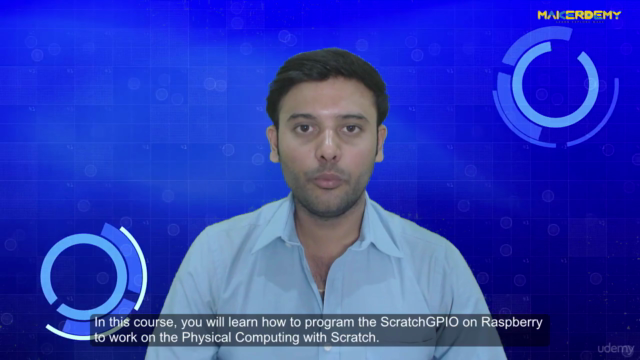Physical Computing with Scratch using Raspberry Pi
The version of Scratch with Raspberry Pi has many unique features; one being its ability to communicate with GPIO pins.
4.16 (72 reviews)

19,086
students
3 hours
content
Dec 2016
last update
$49.99
regular price
What you will learn
Control the Raspberry Pi GPIO pins using Scratch
Receive input from the Raspberry Pi GPIO pins using Scratch
Create IoT application through ScratchGPIO with Python to send notification to your mail
Multiple projects to work on ScratchGPIO using Raspberry Pi
Connect a passive infra-red (PIR) sensor to the Raspberry Pi
Control the flow of your Scratch program by responding to the input from the sensor
Screenshots




Related Topics
921800
udemy ID
8/3/2016
course created date
11/22/2019
course indexed date
Bot
course submited by